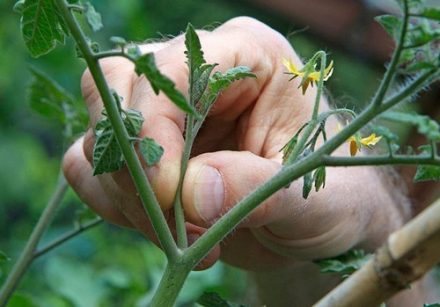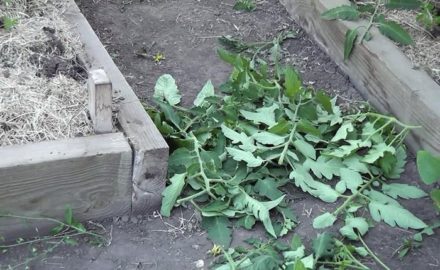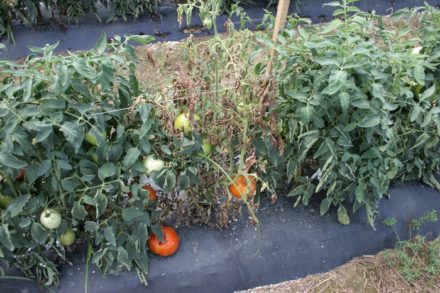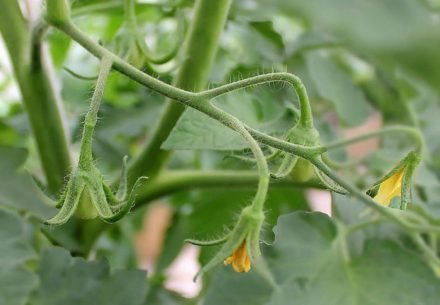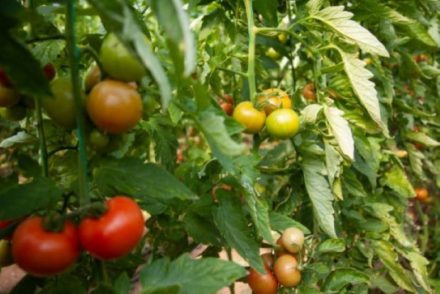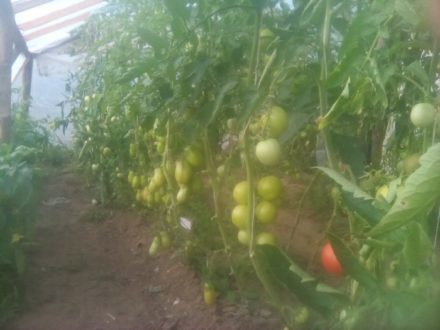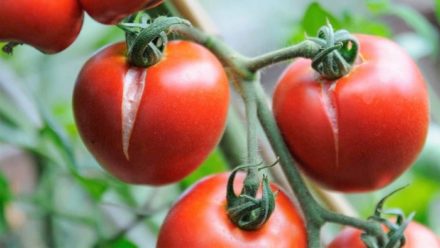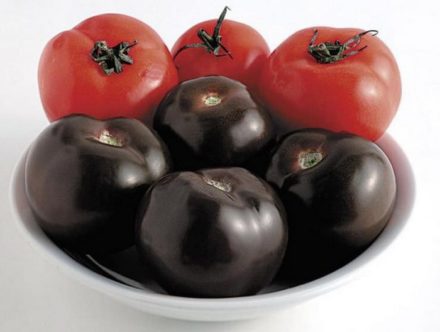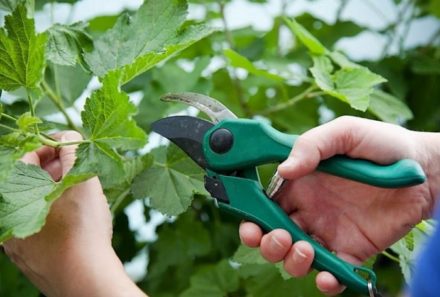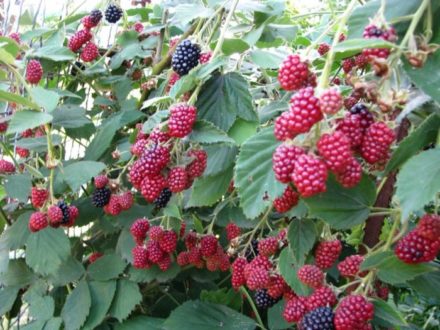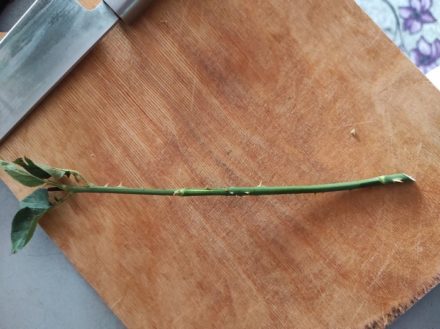Tomatoes are a long-term crop. The death of plants after a hail or hurricane in the summer can nullify a gardener’s six-month work. We are taking urgent measures to compensate for the damage.
We propagate tomatoes and immediately get a harvest
Many gardeners prefer to grow non-grafting tomatoes. However, sometimes stepsons can come in handy.
Stepchildren planted a month ago:
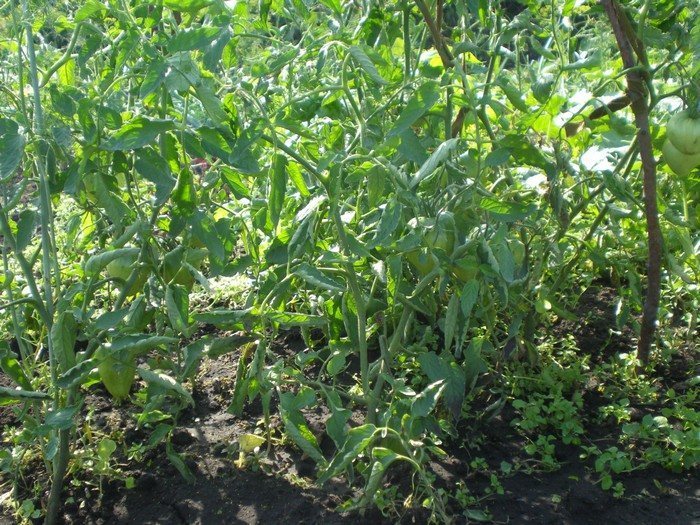
Plantings two weeks old:

To tolerate the lack of moisture during the rooting period, the shoots must be at least 20 cm long and 8-10 mm thick. The larger their size, the higher the ability to form an additional root system. On the other hand, the older the stepson, the more ovaries it has and the higher the risk of them falling off, so it is better to choose the minimum possible option.
The first brush has already been formed on each future plant. It can be removed or left. If removed, the stepson will take root faster, but will bear fruit later. If you leave the brush, the color will not fall off, but the sprout will lose some of its leaves.
Step-by-step instruction
When possible, seedlings are selected by size or taken from what is available. Choose a place with fertile and loose soil, and then begin the main work:
- Carefully separate the shoot from the main stem.
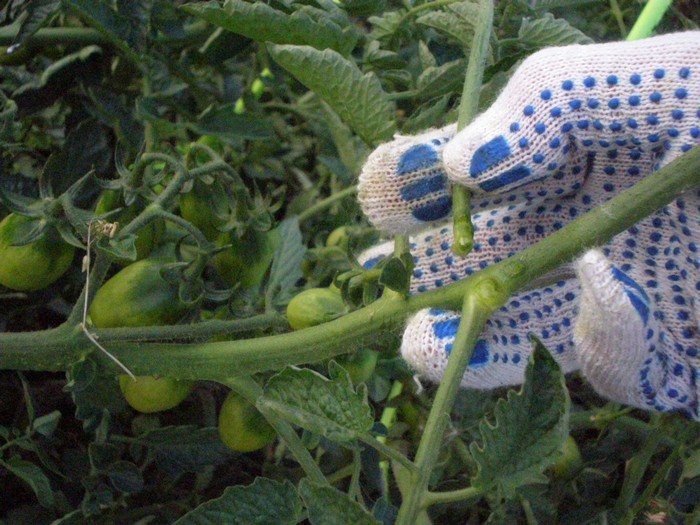
- The lower leaves are removed, otherwise they will begin to rot in the soil.
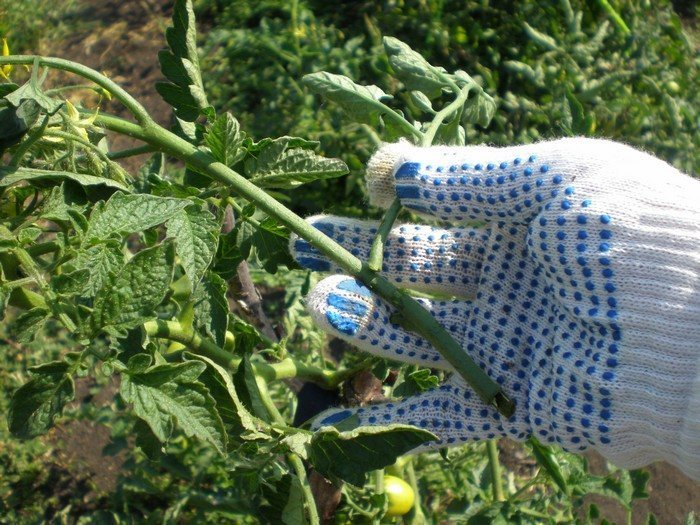
- Dig the stepson 6-8 cm into the soil.
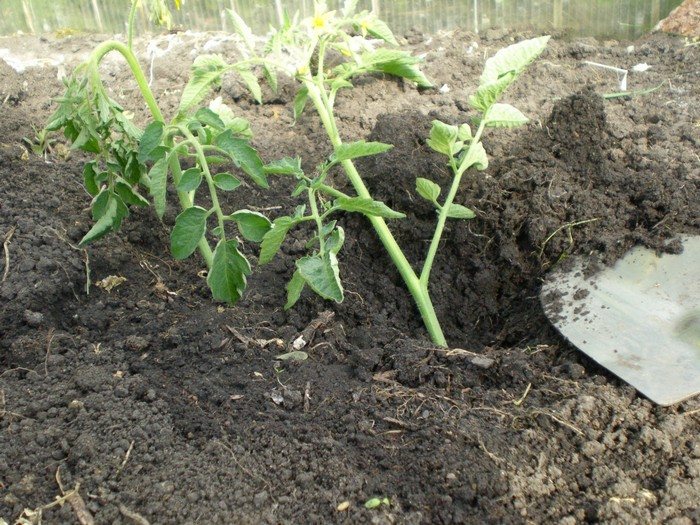
- The hole is well shed with water.
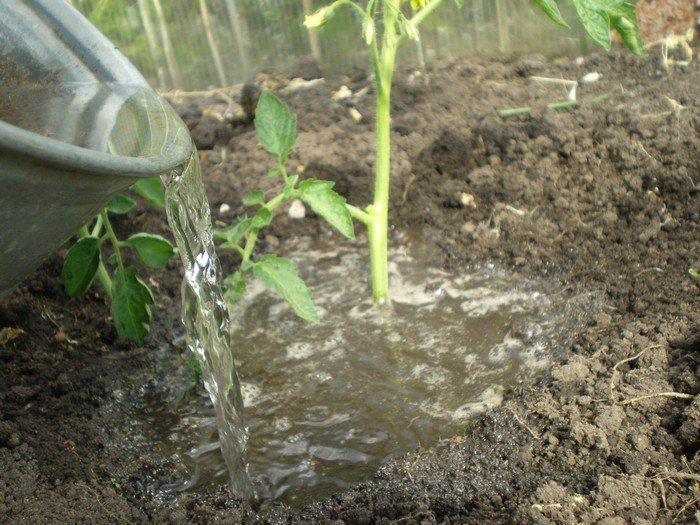
- The plantings are protected from the sun with burdocks and large horseradish leaves.
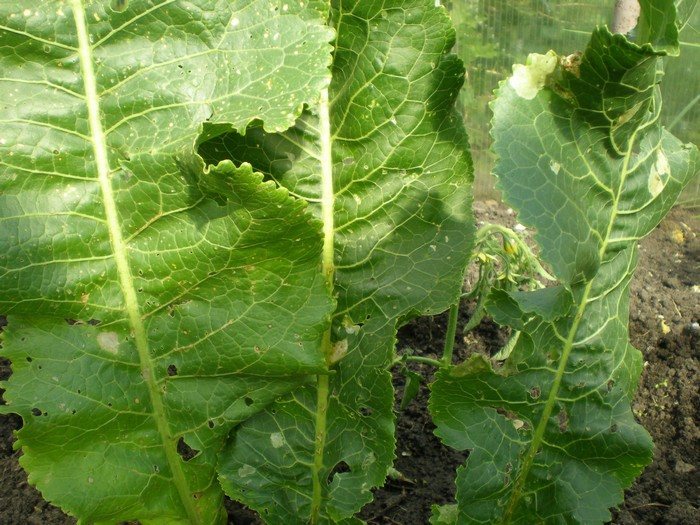
For 5-7 days, make sure that the soil around the seedling does not dry out. However, the puddle should not stand. Periodic watering is done when shoots begin to grow. The regrown part will be noticeably lighter.
The question may arise whether it would be better to put the stepsons in water and calmly wait for the roots to grow. No, not better. Plants will simply rot from excess moisture. It is necessary to place them in the soil and maintain a high level of humidity. You can just as easily root the entire stem. Just let it go along the ground, tying only the stepsons and clusters of fruits to a longitudinally installed support.
The tomato is hardy and tenacious. It puts out additional roots relatively quickly. The main thing is to not be left without a harvest, to act quickly and then from several plants you can get a whole plantation.


